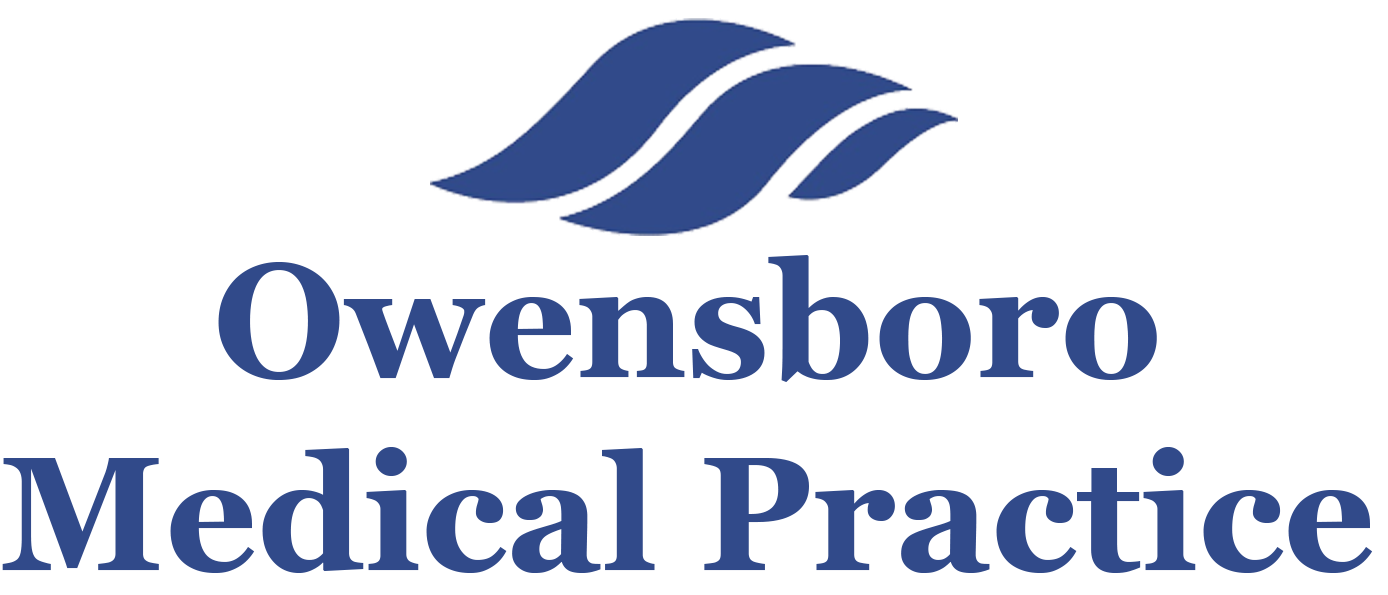Echocardiogram
An echocardiogram is a test where ultrasonic (high frequency) sound waves are used to create moving images of the heart. The ultrasonic sound waves are produced by a transducer. They will travel to the heart and ‘echo’ back, which are then converted to moving images by a computer. With invention and addition of color Doppler technology to the echocardiogram, speed and direction of blood flow can be measured. By assigning different colors to direction of flow, abnormal blood flow patterns can be assessed.
A transthoracic echocardiogram (TTE) is the most commonly used echocardiogram, and involves placing an ultrasound transducer on the chest to produce images.
A transesophageal echocardiogram (TEE) is another type of echocardiogram which is described separately.
At times, Saline Bubble Study may be ordered to detect intra-cardiac shunt like PFO (Patent Foramen Ovale), ASD (Atrial Septal Defect) or VSD (Ventricular Septal Defect). During the echocardiogram, a vigorously shaken sterile saline solution is injected in a vein and the patient is asked to perform a valsalve maneuver). Normally the bubbles would enter heart through right atrium and then right ventricle. But with intracardiac shunt defect, the bubbles would travel from right atrium to left atrium and be seen coming out of left ventricle.
A full echocardiogram gives detailed information on measurements of valves and all 4 heart chambers. At times, only ejection fraction (EF) information is needed for CHF (Chronic Heart Failure) patients and patients going through cardiotoxic chemotherapy. That’s when a Limited Echocardiogram may be performed.
